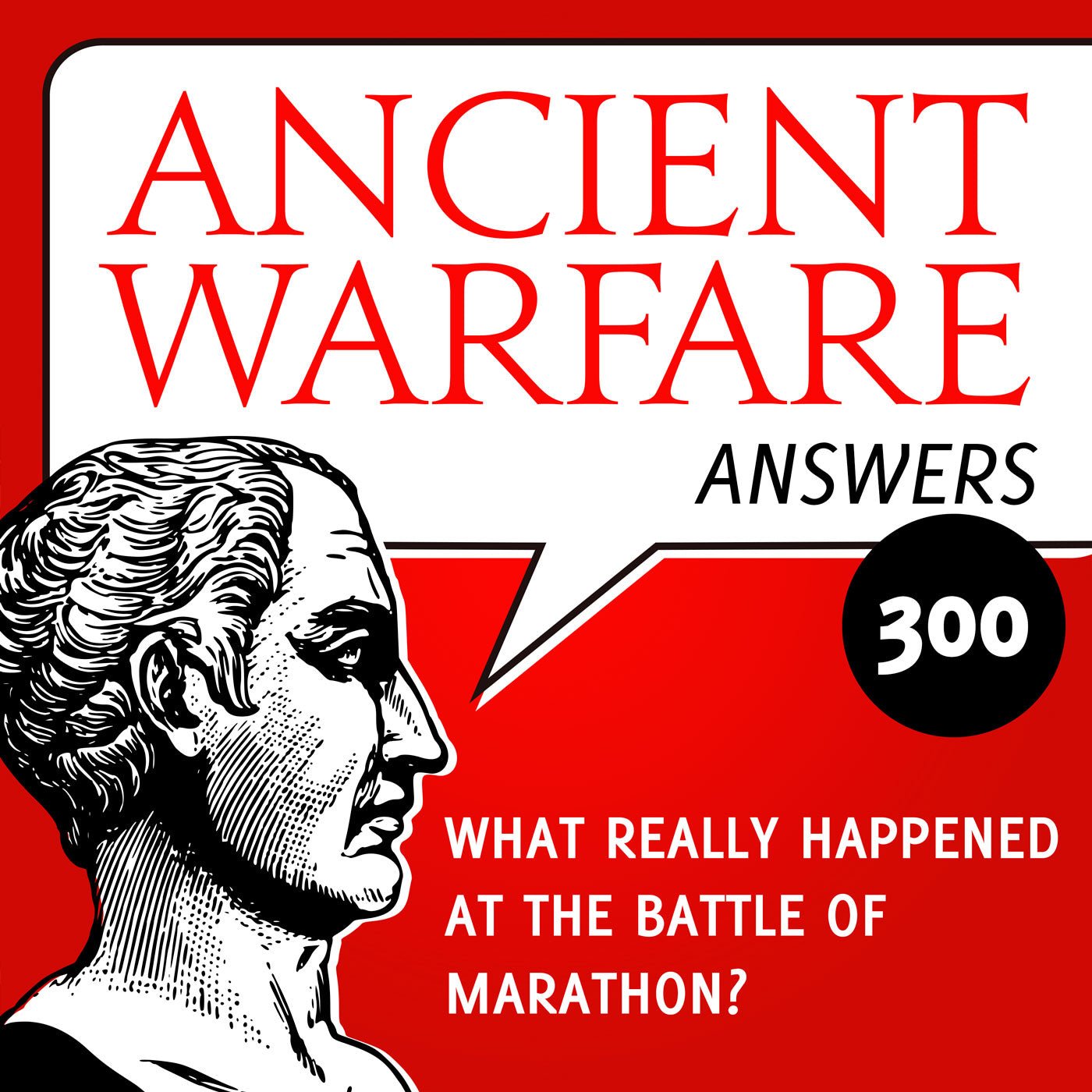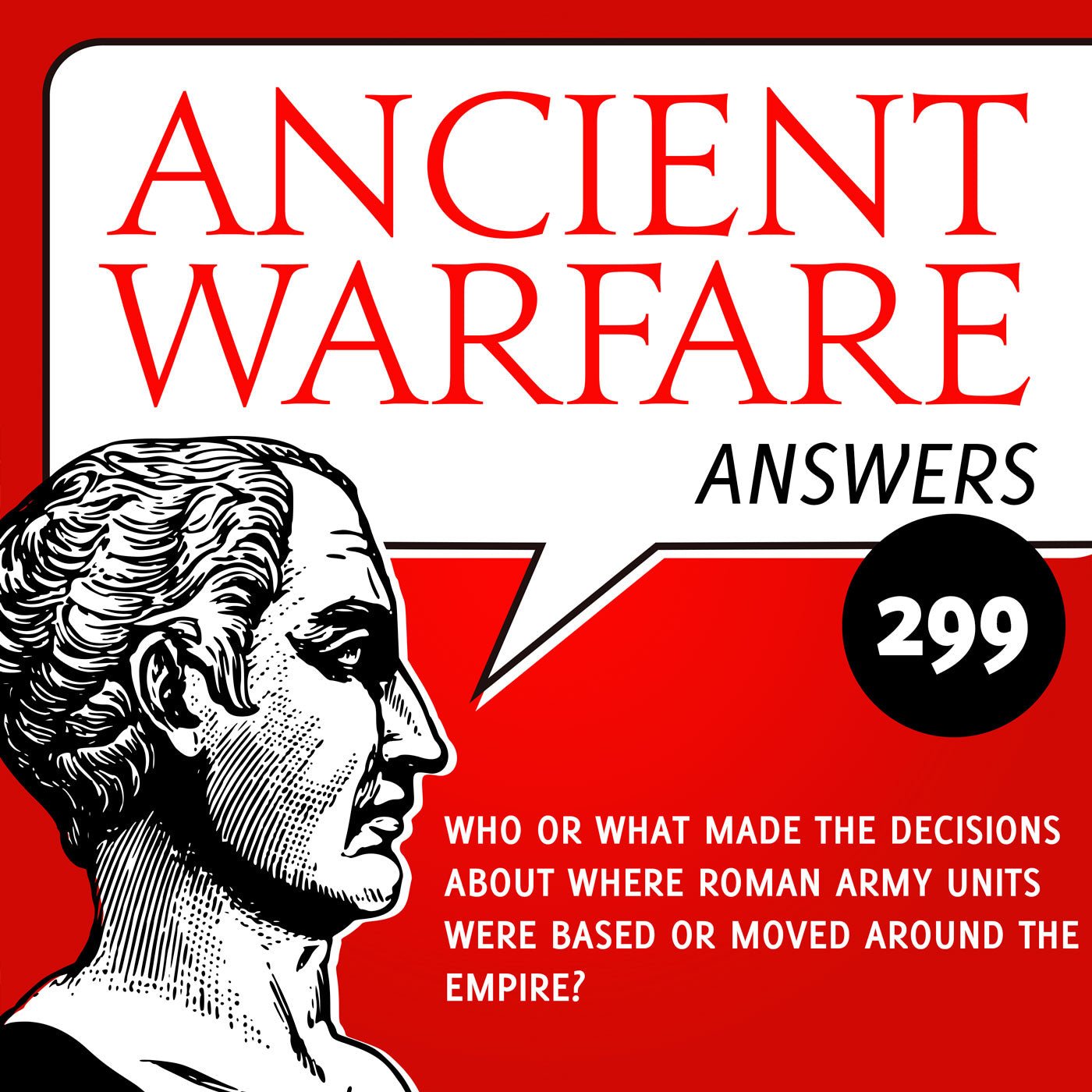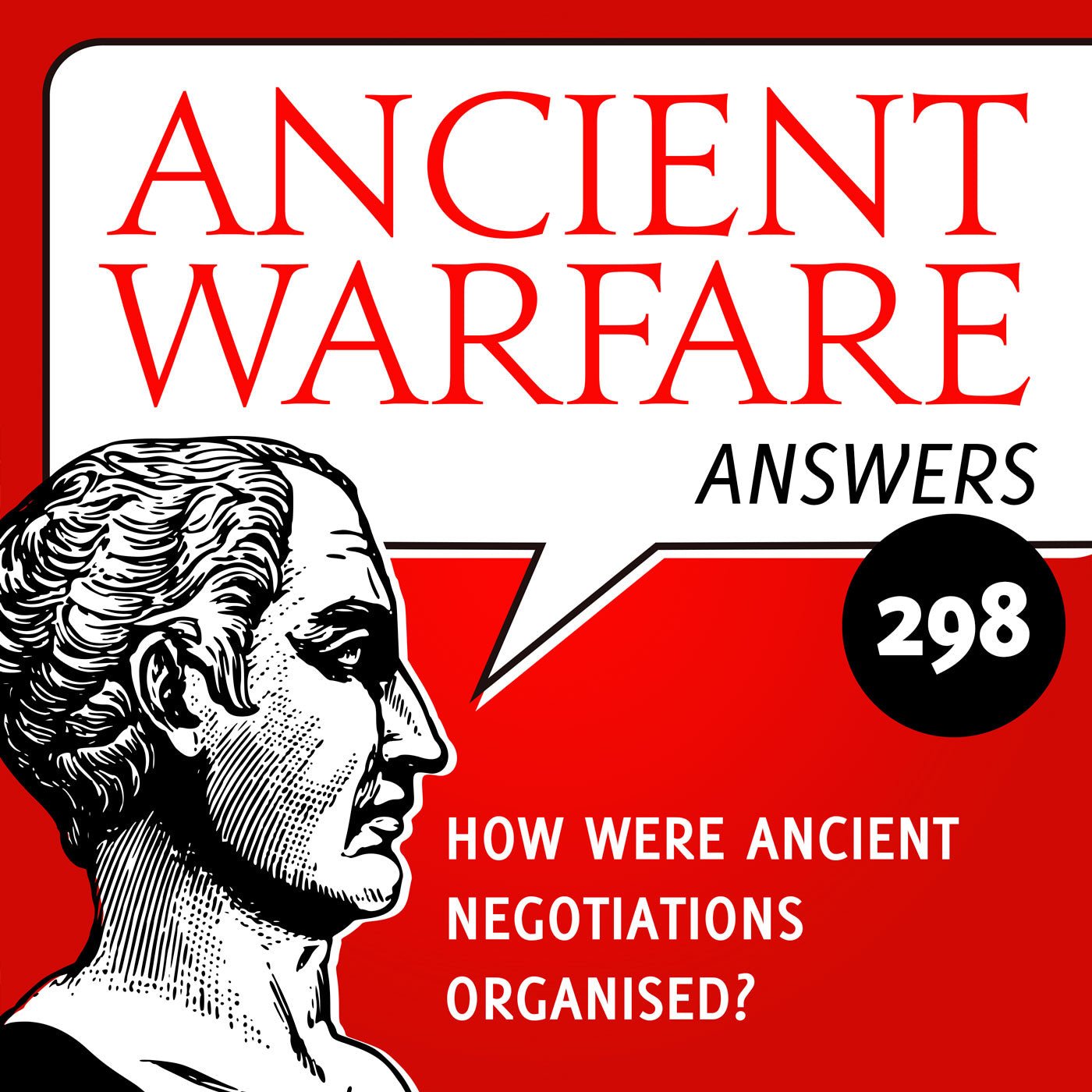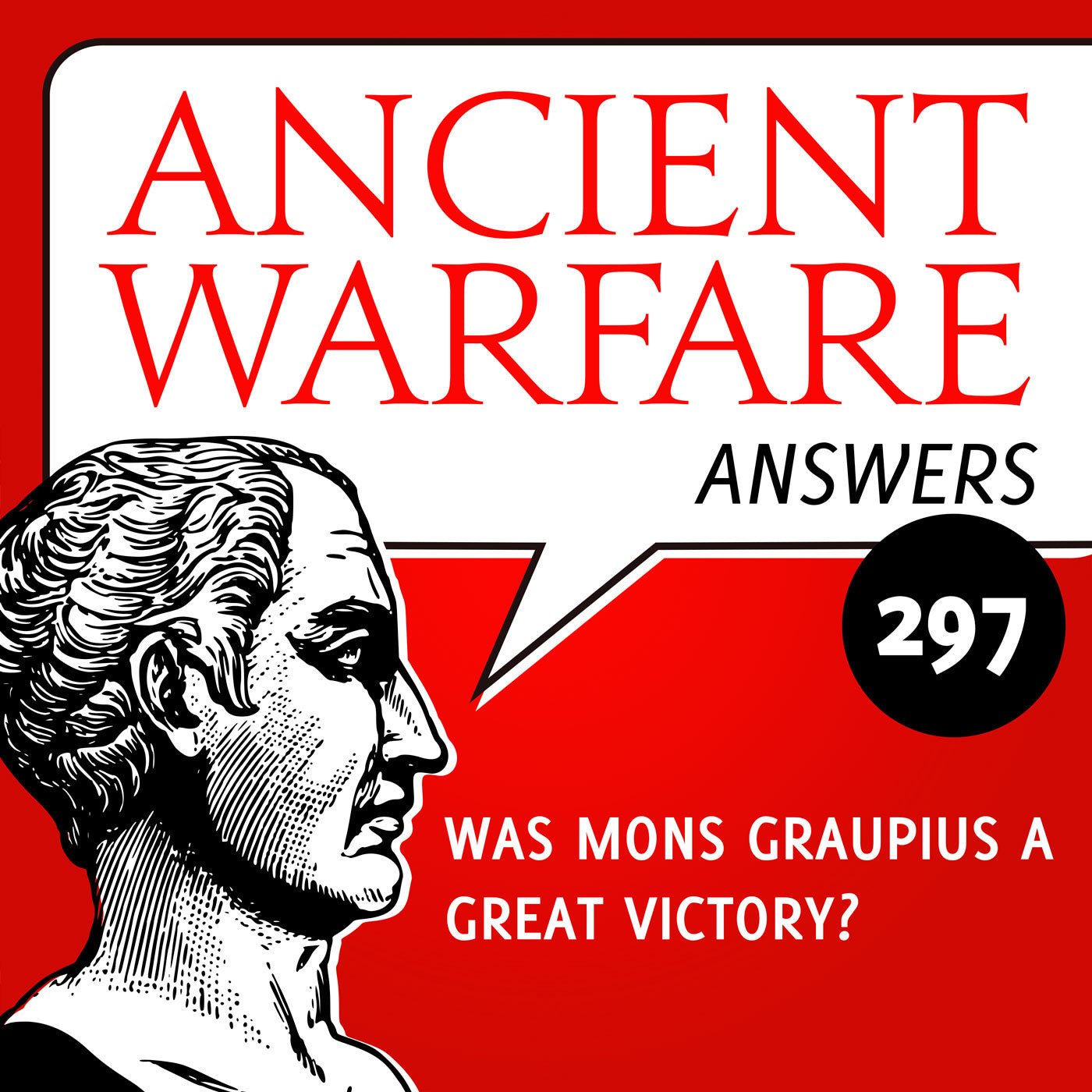Classical Greek military units
Lately, I have been thinking about Greek military units of the Classical period, their size and composition. The most basic unit was the lochos (pl. lochoi), a term that Homer already used and simply referred to a body of men, with stratos used to refer to the army as a whole. Only from Herodotus onward does lochos appear to have been used in the sense of a particularly military unit.
Herodotus, in fact, uses a number of different terms to refer to military units. One term is the tele (pl.telea), which is some kind of large subdivision of the army. The word taxis (pl. taxeis) is probably synonymous with tele and could also be used to refer to the battle-order at large. In the case of Athens, at least, there was one taxis for each of the city’s ten tribes. Rawlings suggest that at Plataea a taxis may have included some 800 men (p. 84). A tele or taxis would be subdivided into smallerlochoi, but unfortunately Herodotus’ interests do not extent to giving any particulars as to what those numbers should be.
For specific details, we have to turn to Xenophon, and the Greek – or, rather, Spartan – army of his age seems somewhat more refined than the one that operated at the time of the Persian Wars. Based on the data from mostly Xenophon and Herodotus, Peter Connolly reconstructed a hypothetical “archaic” lochos, which numbered 100 men and was divided – following Xenophon – into fourenomotiai. Two enomotiai formed a pentekostys (unit of 50 men, which by the time of theConstitution of the Lacedaemonians consisted of more than 50 men).
By the time of Xenophon, the Spartan army’s lochos consisted of 144 men. Enomotiai were now drawn up deeper: three ranks of twelve men. This fits with the overall tendency in the fourth century BC to make formations deeper: a development that eventually culminated, via Thebes, in the Macedonian phalanx of Philip II and his son, Alexander. Four of these Spartan lochoi made a mora (a term not used by Herodotus), commanded by a polemarch. The first mora also contained the elite unit referred to as the Hippies or “Horsemen”, the king’s bodyguard of 300 hoplites. Thucydides also makes mention of enomotiai and pentekostyes, so these units may have been introduced during the Peloponnesian Wars at the latest.
Each military unit, of course, had an officer in command. The army as a whole was under the command of one or more strategoi (generals); a polemarch functioned as commander-in-chief of the Athenian army. In Sparta, a polemarch was a high-ranking military official, while one of the kings served as the army’s commander in the field. A taxis was commanded by a taxiarchos or taxiarch and a lochos by a lochagos (‘captain’). Each pentekostys of Xenophon was commanded by a pentekonter, while an enomotia was led by an enomotiarch.
It is clear from an examination of the historical sources that the military organization of Greek armies in the Classical period was constantly evolving. Connolly’s “archaic” lochos seems plausible, but it perhaps doesn’t pre-date the Persian Wars by much, as the phalanx – in the sense of a dense formation of heavily-armed spearmen (hoplites) arranged in ranks and files – probably wasn’t invented until the late sixth century BC (for reasons explored more fully Henchmen of Ares). In the course of time, it seems that military organization became more sophisticated: in Herodotus, we encounter taxeis and lochoi, with smaller units not appearing until the time of Xenophon. At the same time, armies increasingly became larger: Xenophon’s “fifties” numbered more than 50 men, after all. Ultimately these developments would culminate with the massive armies of the Successor Kingdoms of the Hellenistic period.
Further reading
- Peter Connolly, Greece and Rome at War (1981).
- J.F. Lazenby, The Spartan Army (1985).
- Louis Rawlings, The Ancient Greeks at War (2007).
- Hans van Wees, Greek Warfare: Myths and Realities (2004).




